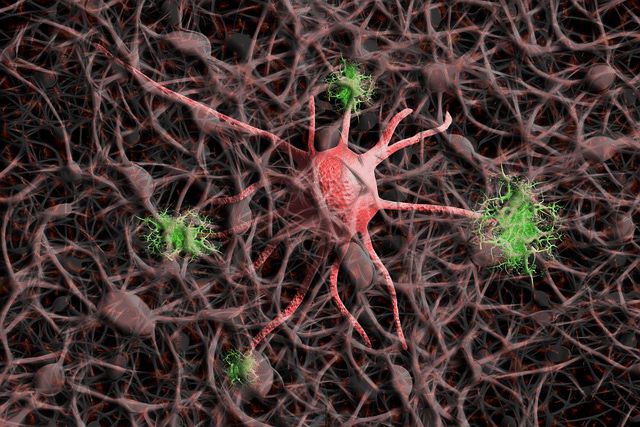Nick Bostrom, in his book, “Superintelligence: Paths, Dangers, Strategies”, lists out the various ways we can approach Superintelligence. In the context of Neurogether, I want to highlight the path of “Whole Brain Emulation” as described in the book.
It is of no surprise that in the quest for achieving “Artificial Intelligence” via “Machine Learning”, scientists have looked at the human brain for inspiration. In particular, the discipline of “Deep Learning” borrows from the human brain itself. By emulating the human neurons and their interactions (activations via electrical impulses and signals) in a digital, computing model, Computer Scientists have achieved astounding results. From playing games like Chess or Go, to performing image recognition in self-driving cars and on social media, Deep Learning has revolutionised our digital lives.
[read more]
However, Deep Learning today is fragmented. Fragmented in the sense that scientists create neural architectures (layers of neurons) and train them for a specific purpose. Here is a very simplified illustration of an image recognition Deep Learning Neural Network:

Here, each layer has multiple “neurons” as illustrated by the coloured circles. Each neuron gets activated by a combination of signals from the previous layer of neurons (much like how dendrites pass on electrical impulses from one neuron to the other in a brain for activating neurons for particular functions). Such a Deep Learning Network is “trained” by feeding it images along with answers (this image represents a bird). During “training”, the network “learns” the patterns of activations that lead to the answer “bird” (or any other classification). This is much like how our brains function too.
Coming back to the fragmentation. As we can see, current neural architectures are built for a specific purpose. They are not “general purpose” – like our magnificent brain – which can learn new things by itself i.e. create new neural architectures to represent memories, learnings, skills and whatnot.
Also, today’s neural architectures are very “shallow” in contrast to the human brain. i.e. layers of neurons are very less as compared to what a human brain possesses, or even an insect for that matter.
So then, how viable is this path to superintelligence. Obviously creating a neural architecture for every conceivable problem is not a scalable approach, even though individually these architectures provide great results. Hence, a faction of superintelligence-pursuers believes in “whole brain emulation”.
This essentially means that we somehow map the actual jungle of our brains onto a neural network computing model. Since our brain’s neural network is a general-purpose learning machine, it stands to reason that if we achieve this mapping, we will have a digital neural network that is at least as smart as humans – and add to that self-learning on a digital scale, we can have superintelligence!
Of course, we are limited by technology in the Neurosciences sphere to be able to achieve this. Broadly, we will require
- Scanning: The ability to handle brain microstructure, state and tissue. The ability to scan entire brain volumes at sufficient speed and resolution.
- Translation: The ability to normalize and convert to 3D, the scanned 2D tissues. The ability to interpret synapses and parameters of their connectivity. The ability to efficiently store and represent this data in a neural network model.
- Simulation: The ability to reanimate the stored state in a simulation – in a body or in a virtual environment
We will have to start small, with invertebrate brains, figure out the kinks of these systems. Once the base is sorted out, it is a matter of generally scaling up the system to deal with bigger and better brains.
Here is the path that Nic Bostrom outlines in his book:

As is evident by this flowchart, this path to Superintelligence requires multi-disciplinary advances in technology. It is very likely that the technological breakthroughs required in the field of Microscopy or Computer Vision will stem from pursuits in other fields and give this path an impetus.
Computer Scientists and Neuroscientists must work together to make the necessary computational models that are representative of the human “wetware”.
In conclusion, there is a lot of work to be done on this quest. It is very likely that a lot of fragmented work is falling into place.
The question that I want to pose to the reader is that – is this path to Superintelligence the correct one to pursue? Does the reader feel that neuroscience breakthroughs are coming in at a pace that makes this path to Superintelligence realistic and reasonable (as compared to other non-organic forms of Superintelligence)? Does the reader feel there is merit in basic our quest for Superintelligence on the brain – after all, it is mighty self-centred of us to think that our biological engineering is the most optimal intelligence. [/read]





Leave a Reply